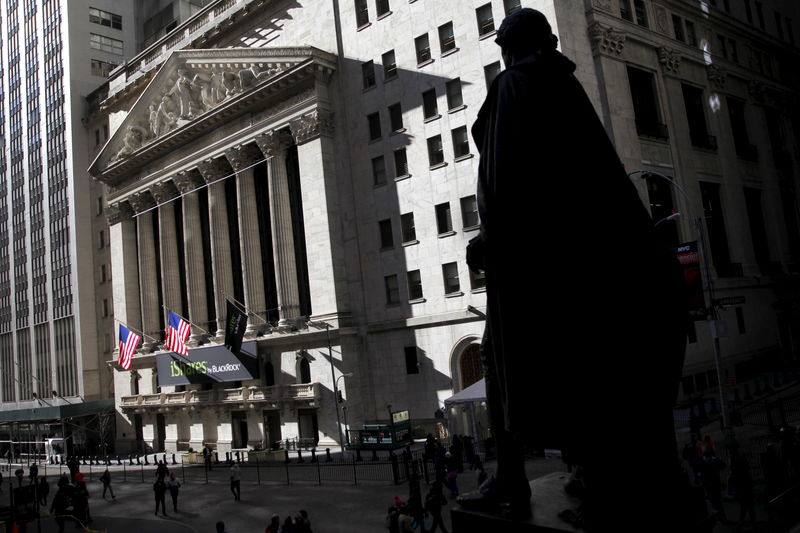By Karen Brettell
(Reuters) - Investors wanting to see if the worst is over for the dramatic selloff in stocks should look to U.S. Treasuries for clues, as an ebbing in the considerable demand for the safe-haven bonds needs to be seen first to show that risk appetite is improving.
The Treasury market has been flashing warning signs about global growth since the beginning of the year, even as stocks charged to record highs.
“The Treasury move has been bigger and it actually started much earlier,” said Gennadiy Goldberg, an interest rate strategist at TD Securities in New York.
The increasing spread of coronavirus that whacked stocks last week has also ignited a technical move in bonds that could feed upon itself and send yields dramatically lower still, further adding to demand for safe havens and hurting demand for stocks.
As yields fall investors increase their hedges on mortgages, a process known as convexity hedging.
“These convexity flow continue to hammer rates lower and only now are risk assets actually catching up, which is again threatening to create yet another leg lower in rates,” Goldberg said. This “could feed on itself and move everything even lower still…that’s the difficult part to predict.”
Benchmark 10-year Treasury yields (US10YT=RR) plunged to a record low of 1.05% on Monday. They have fallen from 1.58% a week and a half ago and are down from 1.95% at the beginning of the year.
The notes had a total return of 7.46% for the year as of Friday , according to Bank of America Merrill Lynch (NYSE:BAC), a huge move for a low risk asset.
Longer-dated bonds have returned even more. Thirty-year yields (US30YT=RR) dropped to a record low of 1.58% on Monday and are down from 2.42% at the beginning of the year. That is a total return of 17% for the year as of Friday , according to Bank of America Merrill Lynch data.
(GRAPHIC: Treasury yields show pessimism over global growth: https://fingfx.thomsonreuters.com/gfx/mkt/13/2719/2684/BondsSP500.png)
Treasuries are viewed as one of the world's safest investments and gain as investors flock to safety during times of uncertainty. A continued strong demand for these assets reflects that risk appetite remains low, which is negative for stocks.
Bank of America strategists Michael Hartnett and Tommy Ricketts said in a report sent on Friday to watch for a decline in Treasuries and gold “to signal panic (is) over.”
How investors react to any potential cut in interest rates will also be key for risk sentiment as the coronavirus throws into doubt that lower rates will be enough to offset a global economic slowdown.
Since the beginning of the year, “Treasuries were very skeptical that the global economy was on a sustained upward growth tract,” said Mary Ann Hurley, vice president in fixed income trading at D.A. Davidson in Seattle. For stocks, “I think it was the expectation that the Fed was going to have their back forever.”
Interest rate futures traders are fully pricing in a rate cut at this month’s Federal Reserve meeting, and see a 75% chance of an additional cut in April, according to the CME Group’s FedWatch Tool.
But the problems of spreading industrial shutdowns as countries seek to stem the spread of the virus may not be solved by lower rates.
“I don’t think that a Fed ease here is going to solve the problems that we’re seeing with the coronavirus,” Hurley said.
(GRAPHIC: U.S. Fed funds rate - https://fingfx.thomsonreuters.com/gfx/mkt/13/2721/2686/Fedfunds.png)
